Indoor Options

Most young children, and some pets, have trouble with the concept of looking without touching. So to be safe, plants should be kept out of reach until children and pets can be trusted not to disturb them or put them in their mouths, advises Will Creed, interior landscaper and owner of Horticultural Help, a plant service in New York City. There are, however, several non-toxic indoor plant options that are family-friendly and unlikely to cause harm should a childish finger or furry nose give it a gentle prod.
Bromeliad
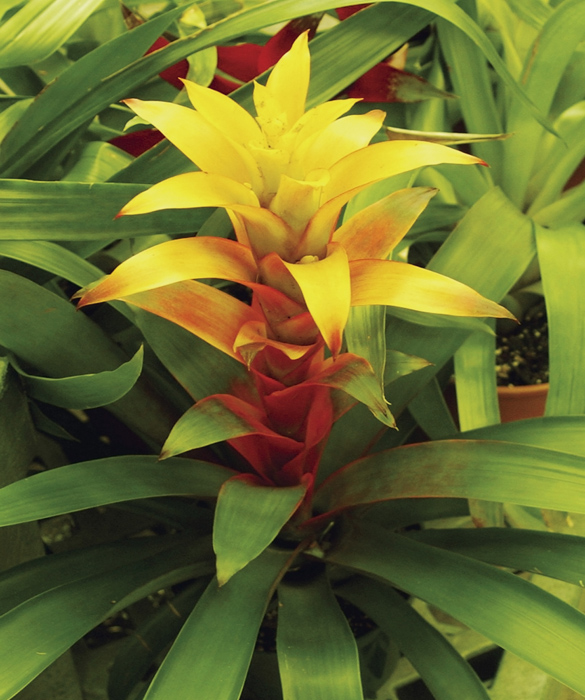
If you're looking for a punch of color to liven up a room, a bromeliad (Bromeliaceae) will do the job. "Originating in the tropics, they have exotic foliage and showy flowers," says Christine Fortman, co-owner of Berridge Nurseries in Phoenix. This indoor plant thrives on indirect light and moderately humid conditions that aren't too chilly.
Zebra Plant
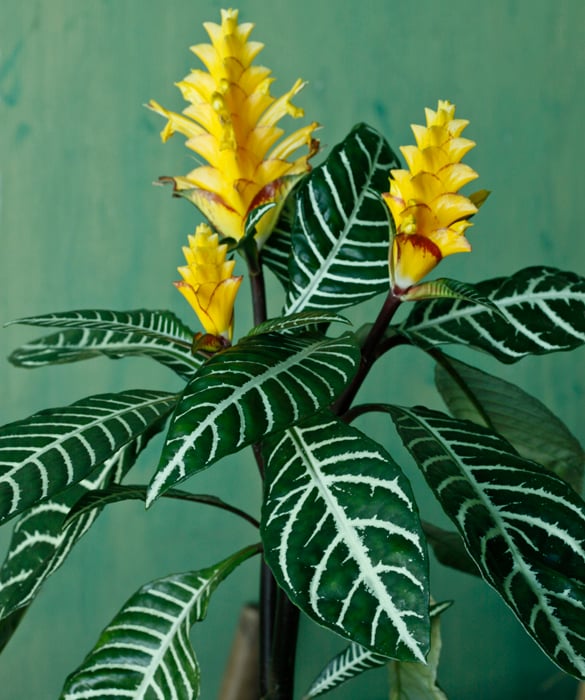
Its exotic appearance makes the zebra plant (Aphelandra squarrosa) a conversation piece and an attention grabber for young children. "The dark, elliptical leaves striped with ivory veins create a zebra effect that has a large, cone-like, deep yellow flower," Fortman says. Zebras also favor typical household temperatures and slightly tropical environments that are moderately high in humidity.
RELATED: 10 Best Immunity Boosters
African Violet
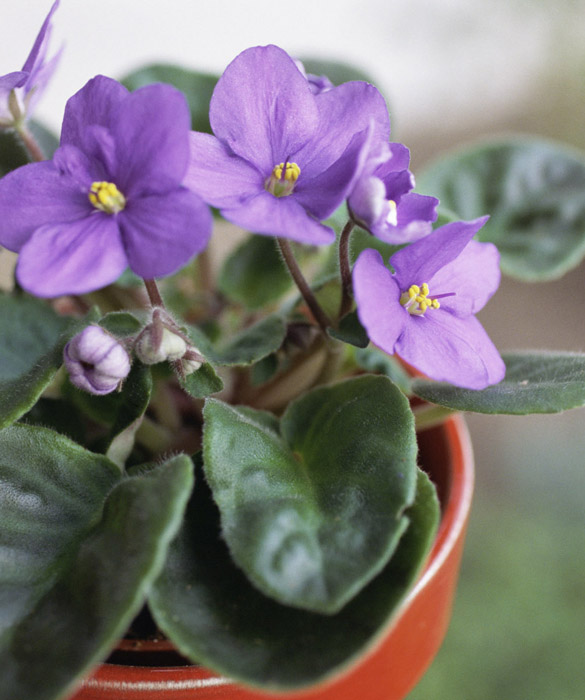
The fuzzy leaves make this plant tempting to touch, which is fine since it's kid-friendly and not toxic. Excessive touching can inhibit growth, however, so try to keep the handling to a minimum. African violets (Saintpaulia) are easy to grow and flower readily, even for beginners. "No other plant equals the ability of this to thrive and bloom indoors for months on end," Fortman says. "With velvety leaves surrounded by clusters of flowers, it needs bright light and to be kept evenly moist."
Donkey Tail
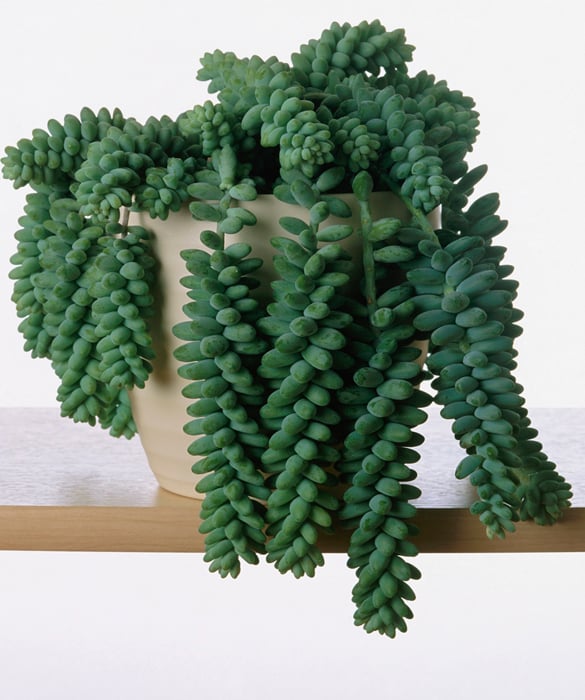
This eye-catching green succulent loves bright light and doesn't require a lot of water. Its lush-looking sprouts are best displayed from a hanging basket. Donkey tail, also called burro's tail, (Sedum morganianum) has origins in Mexico and lacks any irritating sap or hairs, which makes it a good family-friendly addition, says Kelly Murray Young of the University of Arizona Cooperative Extension in Maricopa County, Ariz.
Boston Fern
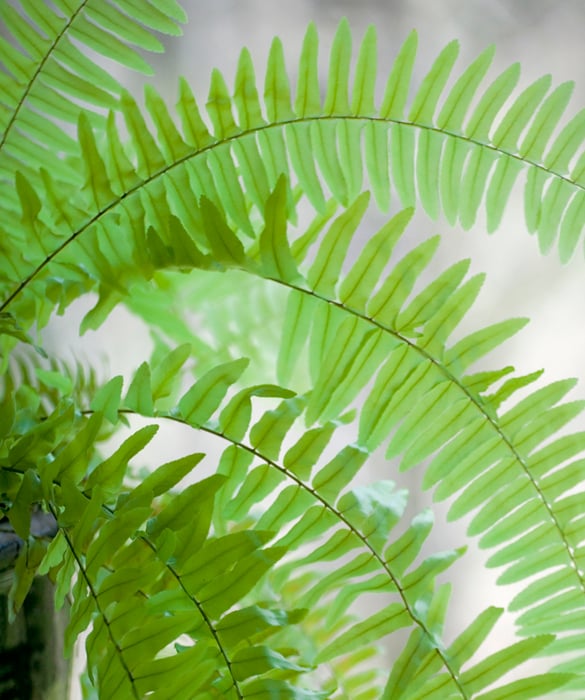
The Boston fern (Nephrolepis exaltata), with its rustling fronds of little leaflets, begs to be touched and is safe for young hands. Easy to grow, this fern likes indirect light and moist soil. Its drooping nature makes it a good candidate for hanging or placement on a pedestal. Its non-toxicity to people and pets is another reason Young suggests this indoor plant for the family home.
RELATED: Dangerous Pets for Kids
Christmas Cactus
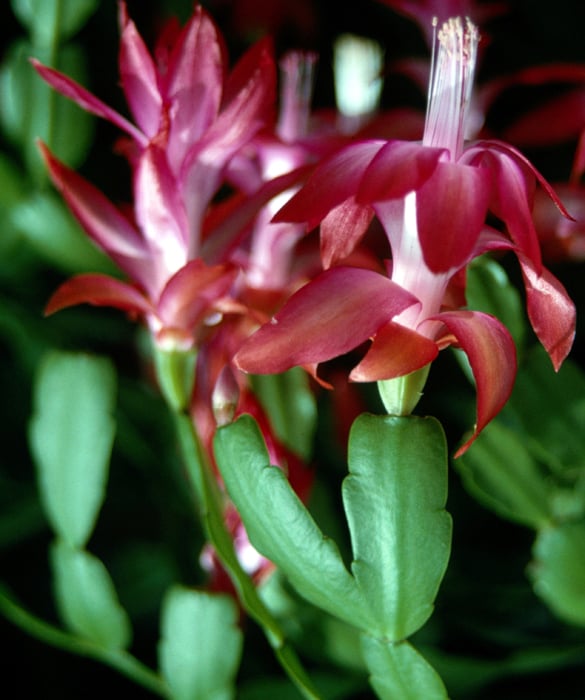
Lacking the prickly thorns and serrated edges that adorn many cactus species, the tropical Christmas cactus (Schlumbergera) doesn't resemble its desert-dwelling relatives, which is a main reason Young recommends it. Large, bright blooms will add visual pop to any monochrome area. If you keep them in bright, indirect light and water regularly, these plants should last years.
Corn Plant
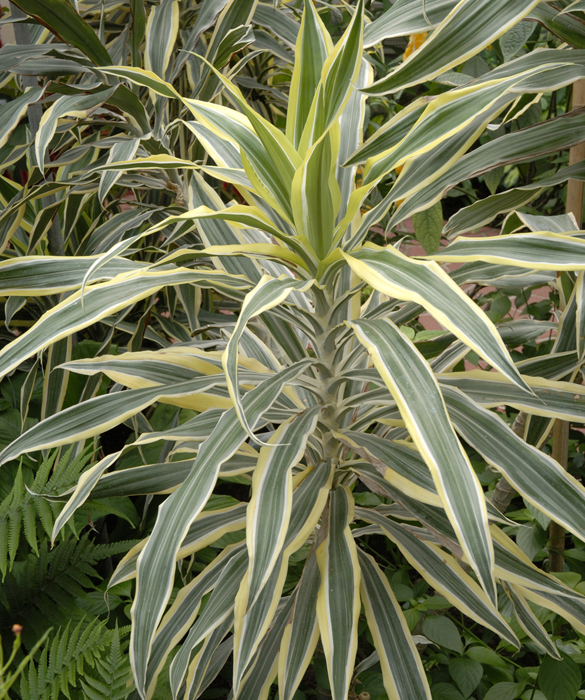
The corn plant (Dracaena fragrans) is a non-toxic plant, native to West Africa. It's drought tolerant and therefore a good match for owners who aren't always diligent about watering. Because it's part of the Dracaena family, it will do well in low light, says Creed, which makes finding an indoor spot for it easier.
Spider Plant
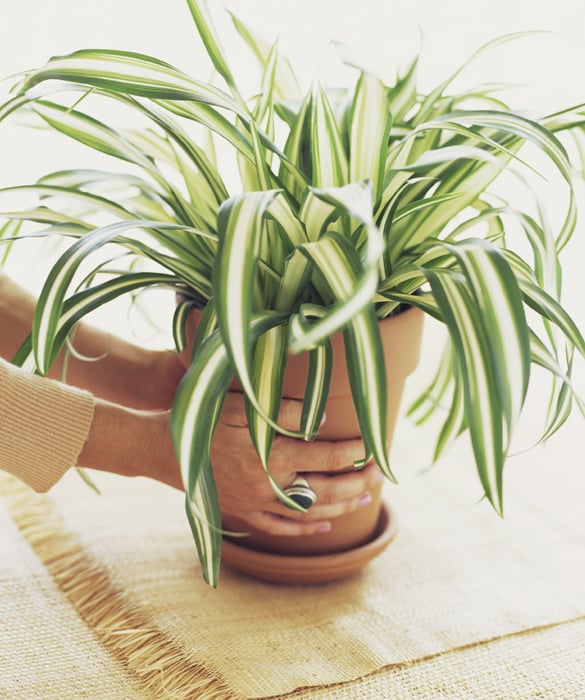
Another plant that does well in hanging baskets, the spider plant (Chlorophytum comosum) is non-toxic and tolerant of neglect. It grows in full sun or full shade, as long as the soil is well-drained. What makes the spider plant particularly interesting to curious young minds are the new growths resembling little spiders. "Spider plants put out tiny baby plants that can be rooted quite easily," Creed says.
RELATED: The Best Pets for Toddlers



